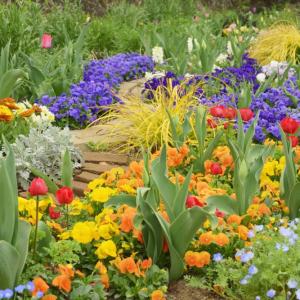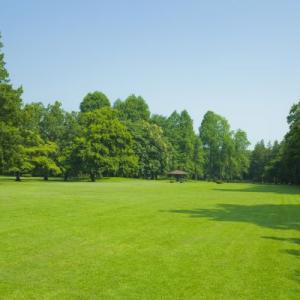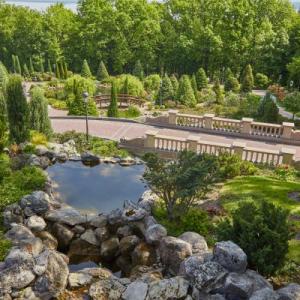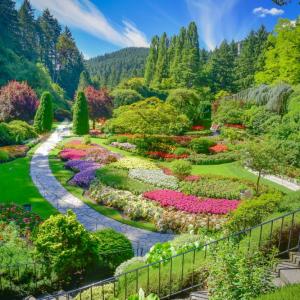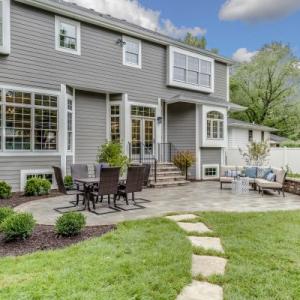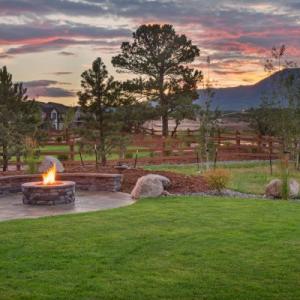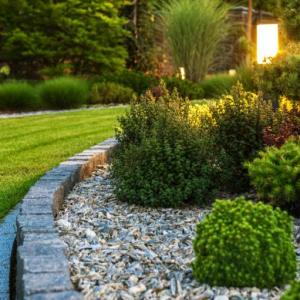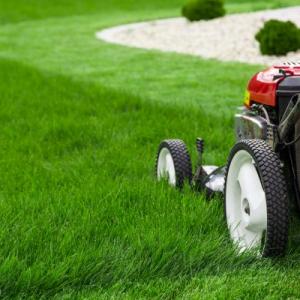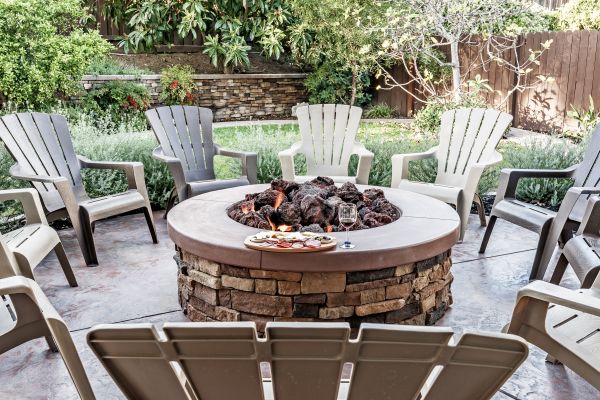
Landscape Planning: New Braunfels
Landscape Planning in New Braunfels
Get help with Landscape Planning in New Braunfels. Fill out the form above and we will connect you with local New Braunfels pros. Landscape planning offers numerous advantages for property owners looking to enhance the aesthetics and functionality of their outdoor spaces. By engaging in thoughtful landscape planning, individuals can create a harmonious and well-designed environment that reflects their personal style and preferences. This process allows for strategic placement of various elements such as plants, trees, hardscapes, and water features, resulting in an improved overall ambiance. Additionally, landscape planning enables the optimization of space utilization, ensuring that every area serves a purpose and contributes to the overall functionality of the landscape. With careful consideration of factors such as soil conditions, climate, and maintenance requirements, landscape planning can lead to long-term sustainability and reduced maintenance costs. Overall, investing in landscape planning empowers property owners to create a beautiful and functional outdoor space that brings joy and tranquility to their everyday lives.Landscape Planning FAQ
Q: What Are The Key Factors To Consider When Designing A Landscape Plan?
Answer: When designing a landscape plan, key factors to consider include the site's climate, soil conditions, desired functionality, aesthetic preferences, and maintenance requirements.Q: How Can I Create A Sustainable Landscape Design That Conserves Water And Minimizes Maintenance?
Answer: To create a sustainable landscape design that conserves water and minimizes maintenance, consider the following: 1. Choose native plants: Select plants that are adapted to your region's climate and require less water and maintenance. 2. Group plants with similar water needs: Arrange plants with similar water requirements together to efficiently water them and avoid overwatering or underwatering. 3. Install efficient irrigation systems: Use drip irrigation or smart sprinkler systems that deliver water directly to the roots and adjust watering schedules based on weather conditions. 4. Incorporate water-saving features: Include features like rain barrels, permeable paving, or a greywater system to capture and reuse water. 5. Mulch and compost: Mulch around plants to retain moisture, suppress weeds, and improve soil health. Composting organic waste can enrich the soil and reduce the need for fertilizers. 6. Design for low maintenance: Choose low-maintenance plants, reduce lawn areas, and minimize the need for frequent pruning or mowing. 7. Consider hardscaping: Incorporate hardscape elements like gravel paths or patios to reduce the amount of water-intensive turfgrass. 8. Regular maintenance: Regularly check for leaks, adjust irrigation systems seasonally, and monitor plant health to ensure efficient water use and minimize maintenance needs. Remember, sustainable landscape design is a long-term commitment that requires planning, proper plant selection, and ongoing care.Q: What Are Some Popular Trends In Landscape Planning That Can Enhance The Aesthetics And Functionality Of Outdoor Spaces?
Answer: Some popular trends in landscape planning that can enhance the aesthetics and functionality of outdoor spaces include sustainable landscaping, native plants and biodiversity, outdoor living spaces, water-wise design, and incorporating technology such as smart irrigation systems and outdoor lighting.Q: How Can I Incorporate Native Plants And Wildlifefriendly Features Into My Landscape Plan To Promote Biodiversity And Ecological Balance?
Answer: To incorporate native plants and wildlife-friendly features into your landscape plan, consider the following steps: 1. Research native plant species that are well-adapted to your region's climate, soil, and water conditions. These plants provide food and shelter for local wildlife. 2. Create diverse habitats by incorporating a variety of plant types, such as trees, shrubs, grasses, and flowers. This encourages a wider range of wildlife to visit and reside in your garden. 3. Provide water sources like birdbaths, ponds, or small water features. These attract birds, butterflies, and other wildlife, while also supporting their hydration needs. 4. Include features like birdhouses, bat boxes, and insect hotels to provide nesting sites and shelter for beneficial creatures. 5. Minimize or eliminate the use of pesticides, as they can harm both beneficial insects and wildlife. 6. Avoid invasive plant species that can outcompete native plants and disrupt the local ecosystem. 7. Consider leaving some areas of your garden undisturbed, allowing natural habitats to develop and thrive. 8. Maintain your garden with sustainable practices, such as composting, using organic fertilizers, and conserving water. By incorporating these elements into your landscape plan, you can create a biodiverse and ecologically balanced environment that supports local wildlife and promotes overall ecosystem health.Landscape planning is a process that involves the careful analysis, design, and management of outdoor spaces to create functional and aesthetically pleasing environments. It encompasses various aspects such as site assessment, land use planning, ecological considerations, and the selection of appropriate plants, materials, and structures. The goal of landscape planning is to create harmonious and sustainable landscapes that meet the needs of both humans and nature. This involves considering factors such as site conditions, climate, soil quality, water resources, and the desired functionality and visual appeal of the space. Landscape planning is often carried out by professionals such as landscape architects, urban planners, and environmental consultants, who utilize their expertise to create plans that optimize the use and enjoyment of outdoor spaces while minimizing negative environmental impacts.

